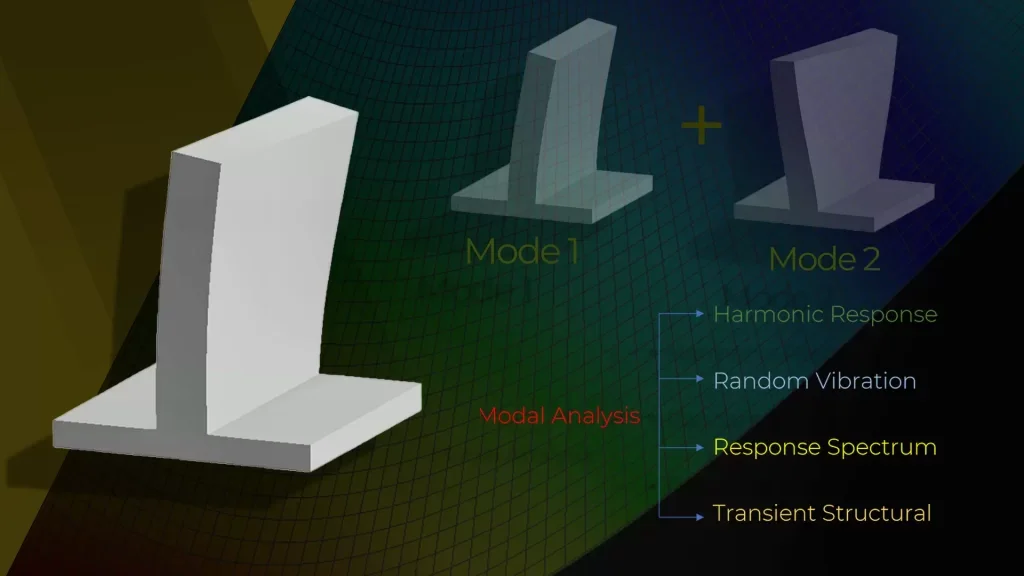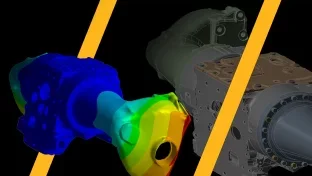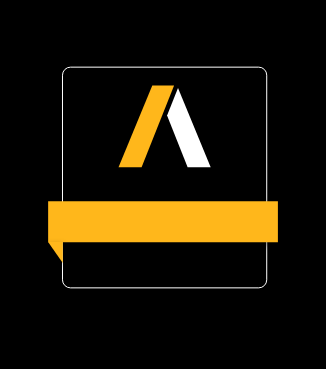
Have you ever wondered how a guitar gets its wonderful sound? This is one of the most common examples where vibrations are being intentionally made. In other circumstances, such as in an automobile, we suppress vibrations with the help of shock absorbers. To get optimal performance in either of these cases, we must tune the structure’s natural frequencies appropriately. Mode superposition techniques can be used to predict the system’s response, either in the frequency domain or time domain. In this course, we will learn about the workflow of linear dynamics, the importance of damping, and much more in Ansys Mechanical.
A course completion badge allows you to showcase your success. With our badging platform, digital badges can be easily shared in email signatures, digital resumes, and social media profiles, helping you highlight your achievements. The digital image contains verified metadata that describes your participation in our course and the topics and skills that were covered. This badge is for successfully completing the Introduction to Modal-based Methods Using Ansys Mechanical course.
Alternate video link.
-
Cost: FREE
- Course Duration: 2-4 HOURS
- Skill Level: Intermediate
- Skills Gained: Ansys Mechanical, Modal Truncation, Damping, Linear perturbation, Mode Superposition Method
No reviews available for this learning resource.









